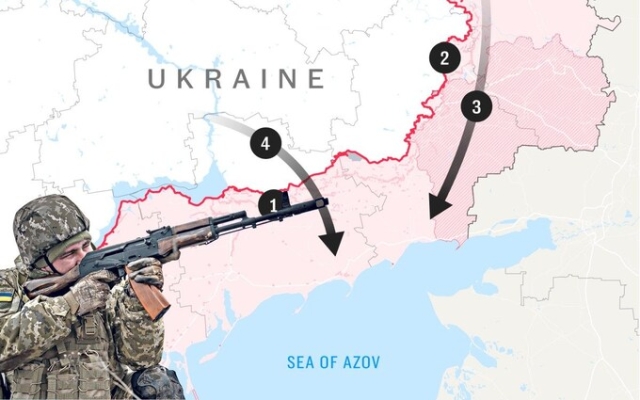
To say that Ukraine's counteroffensive is not progressing as fast as it had hoped is to state an objective fact.
>< p>However, to say that it has not developed as fast as it should have, or that it would have been more successful if only Ukraine had applied the “correct” Western tactics, is to show the world its complete ignorance in military matters.
That was the view of the German military, who, in a leaked assessment of the counteroffensive earlier this month, criticized Kiev's alleged failure to learn the lessons its troops had learned in the western boot camp.
The fact is that, as the chairman of the US Joint Chiefs of Staff, General Mark Milley, said last month, the task facing Kiev troops in the south is perhaps the most difficult that the military can solve: a counter advance through pre-prepared minefields to professionally built fortifications. positions, all without air supremacy, and all the while Russia is re-laying minefields with artillery ammunition.
Add to this the fact that Ukraine relies heavily on recruits with limited combat experience as they attempt to integrate with new Western equipment and transform their operating concepts away from Soviet models, and the Herculean nature of their mission becomes clear.
The fact that Ukrainian forces, largely operating without Western kit such as Leopard 2 tanks, have had better success in the Donbas Bakhmut shell exploding area than their counterparts in the south with the new kit shows how much effort Russia is putting into stop Kiev's advance to the Sea of Azov.
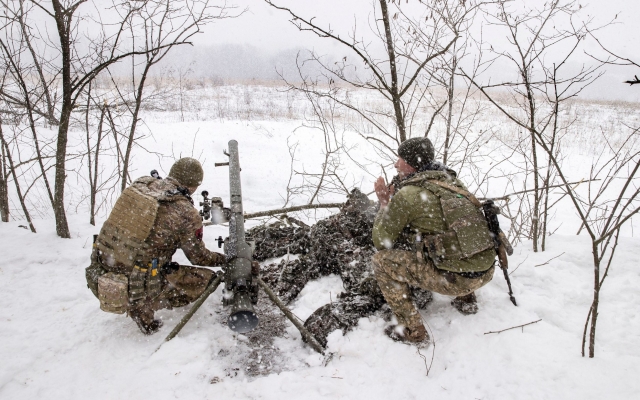 Ukrainian soldiers on the front line practice an anti-tank gun in the Bakhmut region. Photo: TYLER HICKSNYTNS/Redux/eevine
Ukrainian soldiers on the front line practice an anti-tank gun in the Bakhmut region. Photo: TYLER HICKSNYTNS/Redux/eevine
Of course, the survivability of knocked out Western tank crews is much higher than that of Russian ones, but an anti-tank shell can take out the tracks of a Leopard-2 just as easily as a T-64. This will slow down any offensive and give courage to the Russian defenders.
In some areas of the southern front, Russia has planted up to five mines per square meter on the ground, and British military intelligence reports that the summer growth of thin, lying bushes has obscured the ground, making these mines harder to detect.
All this means that the counter-offensive, which has been going on since the beginning of June, has been extremely tough. To some extent, this forced Ukraine to change tactics; move from a mobile, vehicle-led assault to a much more infantry-oriented style that is arguably more suited to Kiev's strengths, even if it's a step back from the «Western way of waging combined arms war.»
Ukraine's front lines are frozen ?
It may be a more debilitating style of fighting, but if, as seems likely, Ukraine is better than Russia at coordinating efforts at the platoon and company level — merging infantry and artillery to move forward without unnecessary risk to life — a step back now. conceptual terms may allow for a greater step forward in the future.
Of course, there are few details from the front, and Russian forces have shown their fragility; the fissure could lead to the same advance as last year east of Kharkov.
However, any greater infusion of military capability in an attempt to reverse any stalemate and create a hitherto unseen problem for the Kremlin will take months. Of course, there are no guarantees that the addition of aviation with the help of F-16s, helicopters or amphibious assault vehicles will be successful in any case. The disastrous amphibious raid on Dieppe and the infamous assault on the «too far bridge» at Arnhem during World War II show how dangerous such operations can be.
Ukraine could try to break through the Russian positions further north, where the minefields are shallow and Moscow's defensive positions less prepared given the fluidity of the fighting. Then they could turn east and south to race towards the coast from behind Russian lines. However, any such move would have left a horribly exposed flank and a long and vulnerable logistical tail.
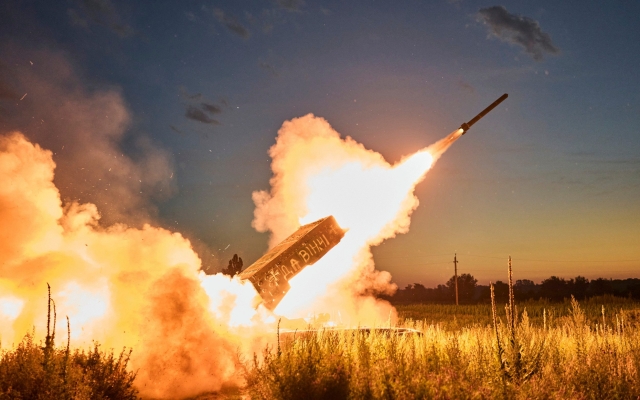 Russian TOC Heavy Flamethrower -1A Solntsepek, captured by a battalion of the Ukrainian army, is firing at enemy positions on the front line in the Kremennaya area, Lugansk. Photo: LIBKOS/AP
Russian TOC Heavy Flamethrower -1A Solntsepek, captured by a battalion of the Ukrainian army, is firing at enemy positions on the front line in the Kremennaya area, Lugansk. Photo: LIBKOS/AP
There are no easy answers in war. The Ukrainian planning staff will remember the old military truth: never forget that the enemy gets a voice.
Without a sudden collapse of the Russian positions, any big leap forward is unlikely to happen quickly. In a few short weeks, the mud will show itself again, and the earth will turn into a sugary mud, hampering movement and making all but the most prepared routes impassable. There is a very real possibility that this year we will not see significant shifts in the front lines from where they are today.
What will be the global impact if the front lines are frozen for another year?
p>
There will be internal pressure from politically ambitious sectors of society on those external supporters of Ukraine who face elections. Those in power may feel the need to be seen as stronger in their relationship with President Volodymyr Zelensky (we've already seen sporadic tensions over how «grateful» Ukraine should be for weapons and diplomatic support). Those with more Russophilic beliefs may demand action on the battlefield or threaten to withhold arms transfers. It will take a concerted diplomatic effort — led by the United States, followed by NATO — to counter such brick bats.
And then a big orange elephant appears in the room.
Beginning The 2024 US Election may have already been released with the start of the trial against Donald Trump for allegedly trying to undermine the 2020 vote. In any case, it won't be long before support for Ukraine becomes even more of a hot topic in US politics than it is now.
Time is still on Ukraine's side, but the stalled offensive has been forced to change tactics on the battlefield.
If the conflict freezes in much the same direction as today, it won’t be many months before Mr. Zelenskiy may have to change tactics politically as well.
>








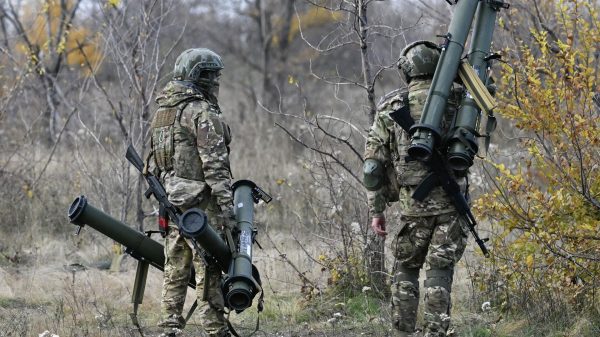
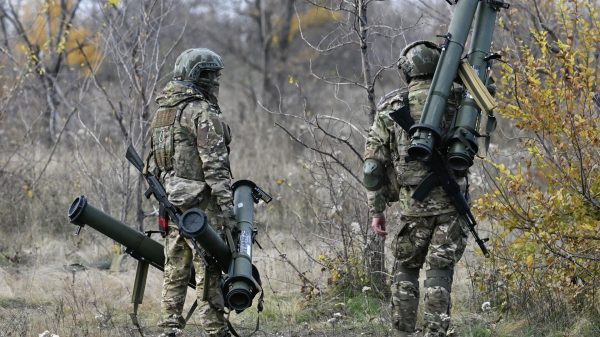







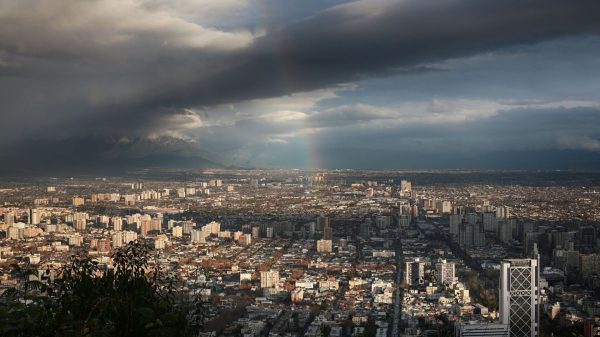















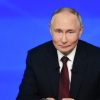

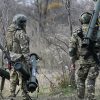
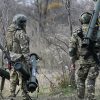


















Свежие комментарии